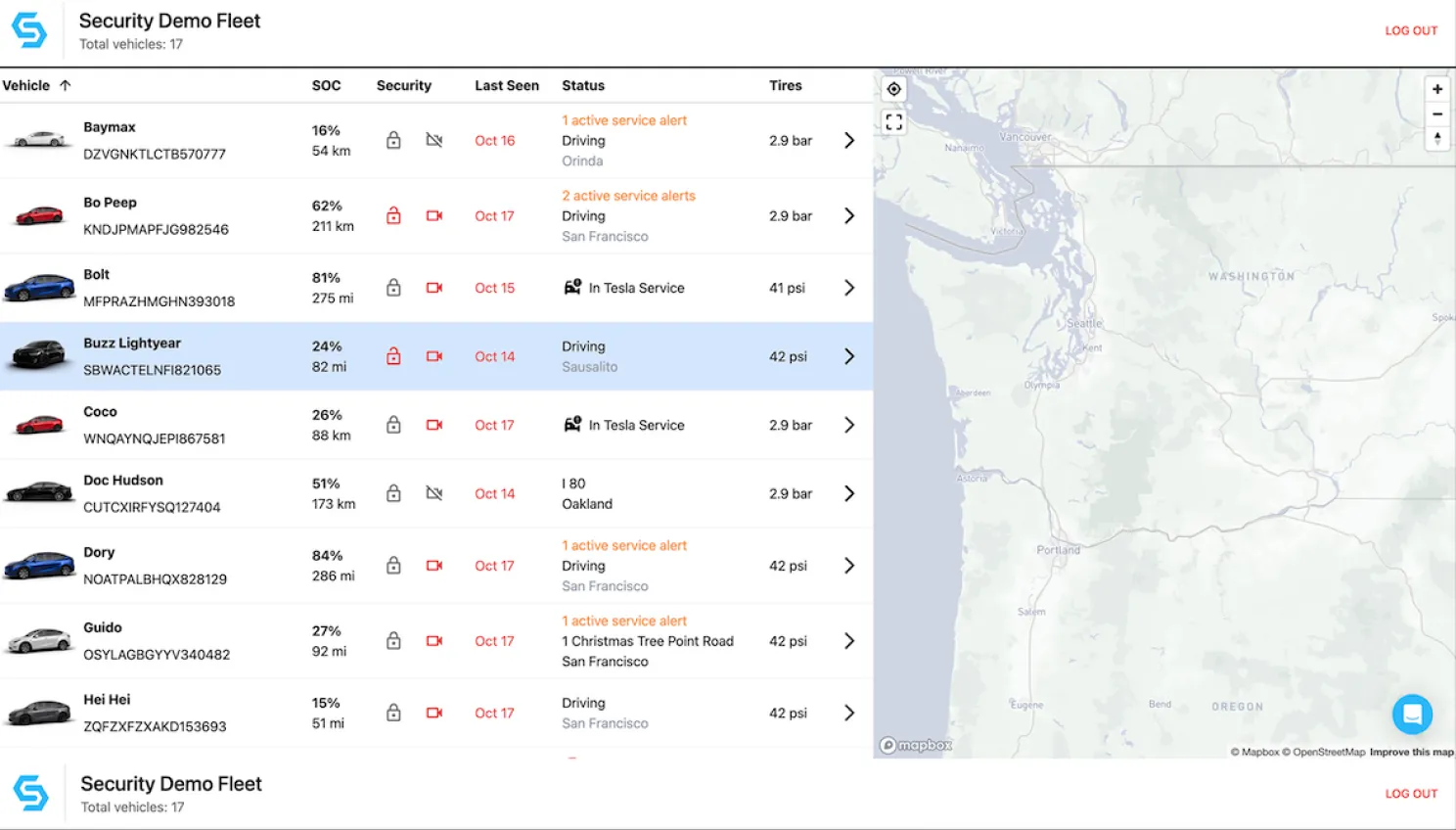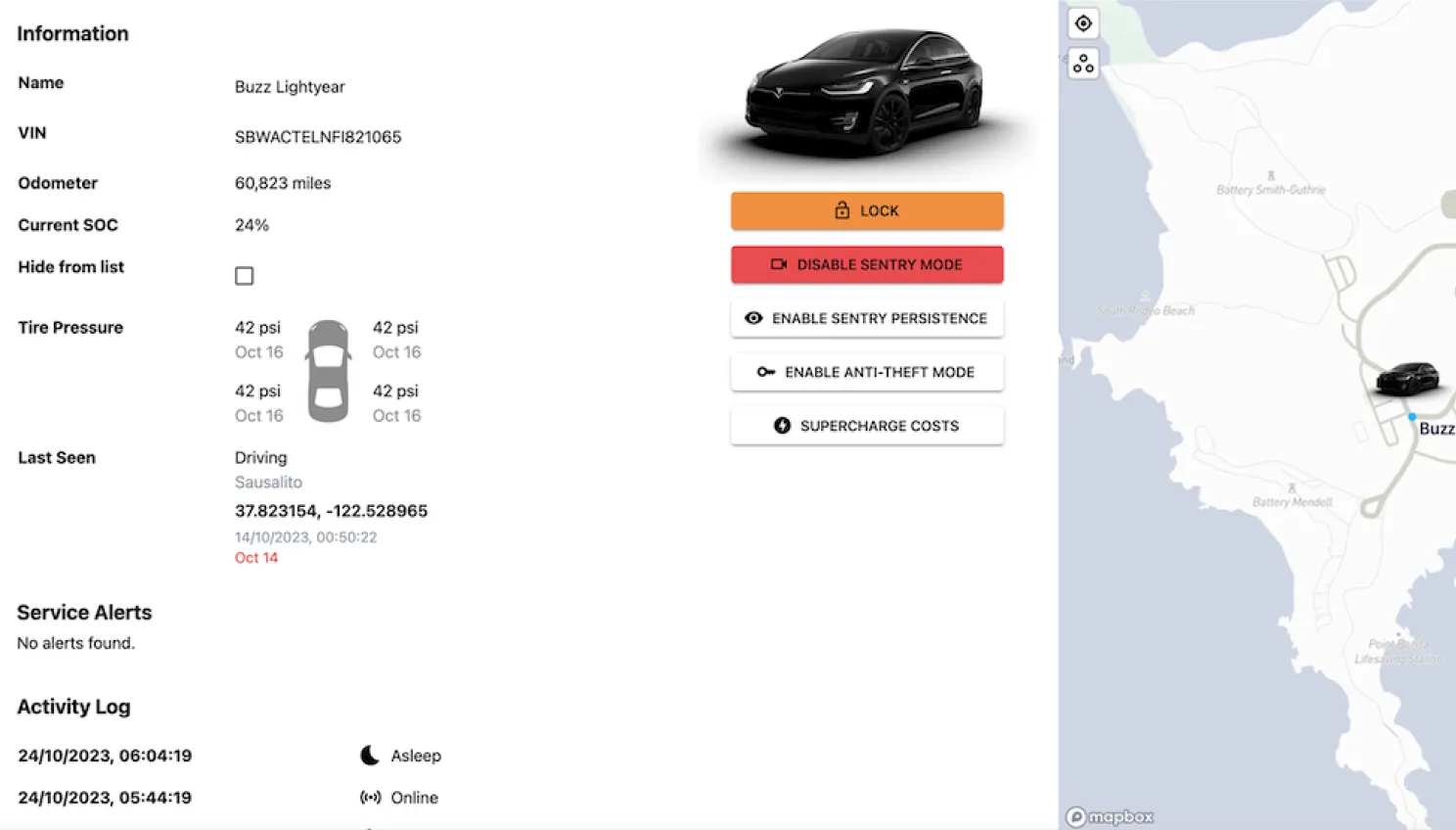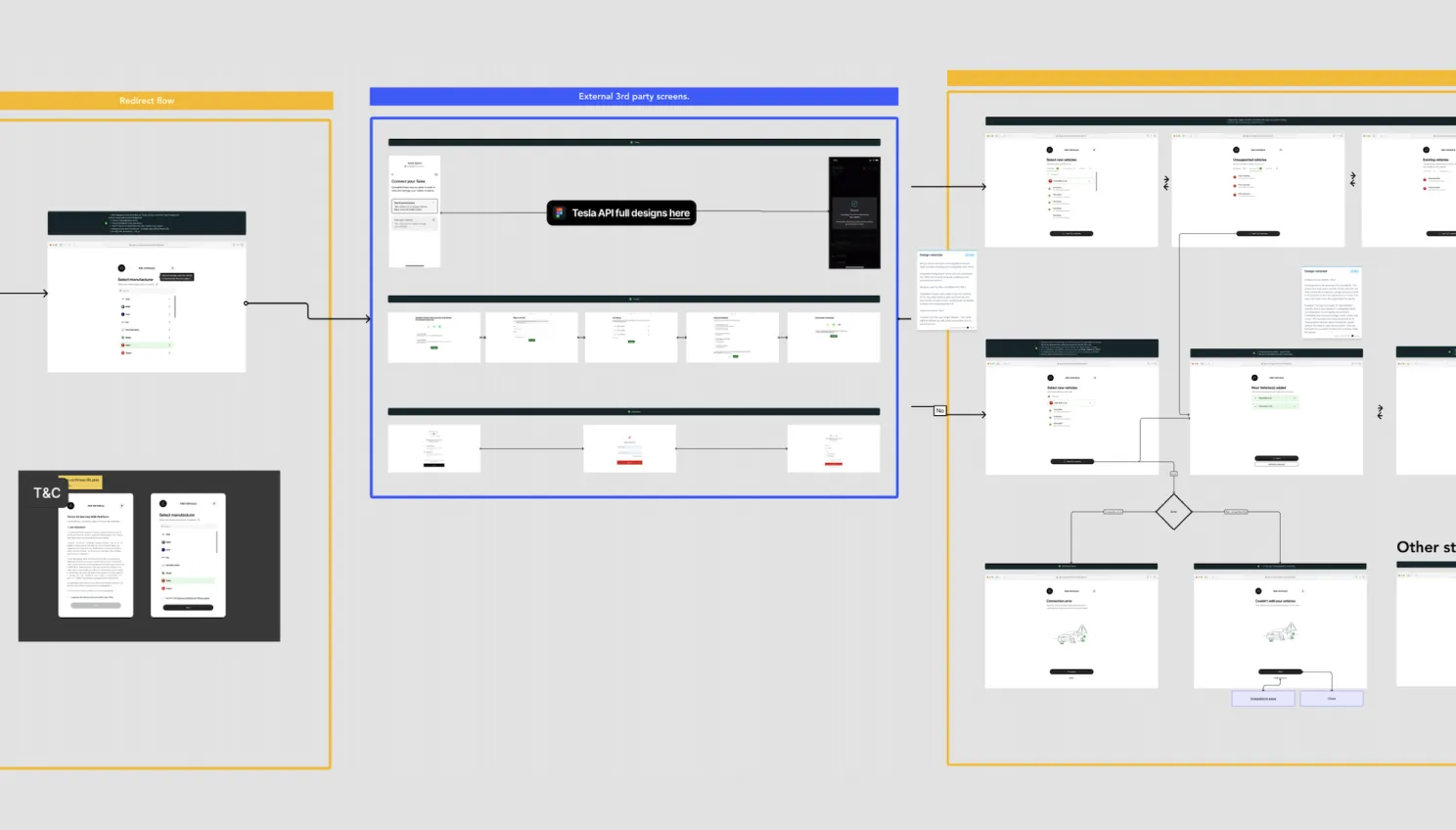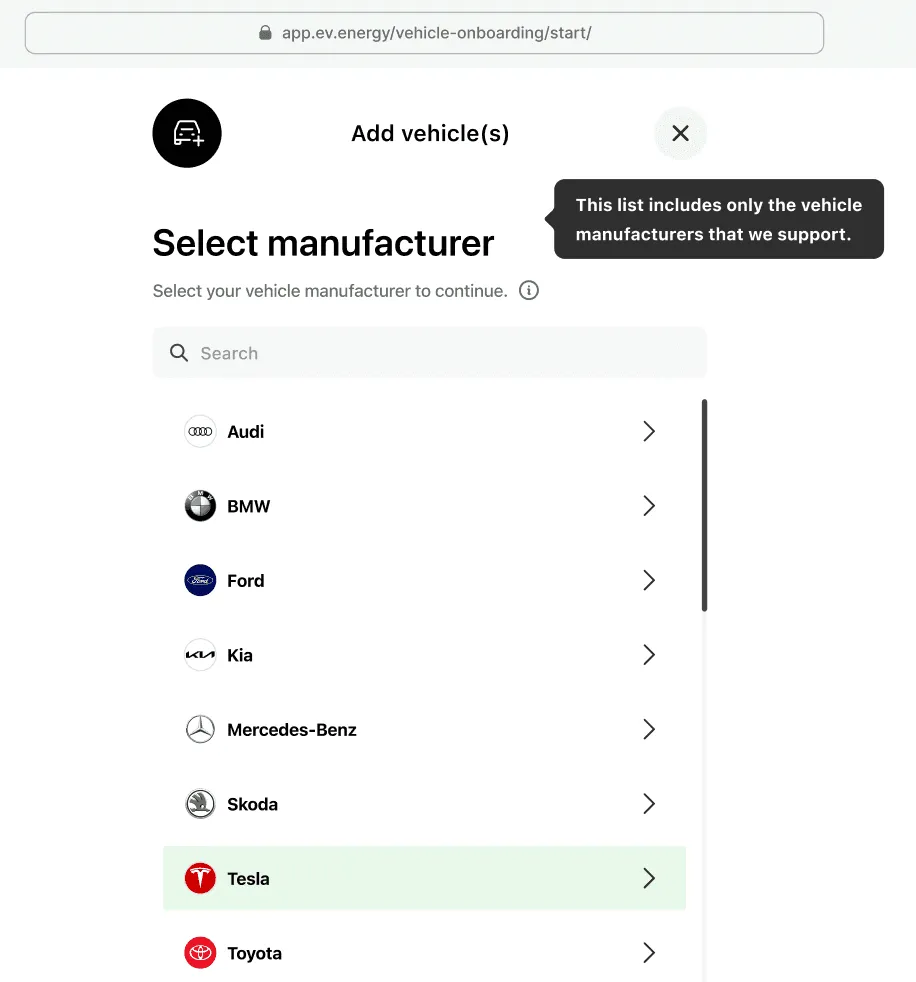Fleet dashboard onboarding redesign
Led the redesign of the EV onboarding flow in ev.energy’s B2B fleet dashboard, resulting in a 30% increase in user satisfaction and a 35% decrease in onboarding time.
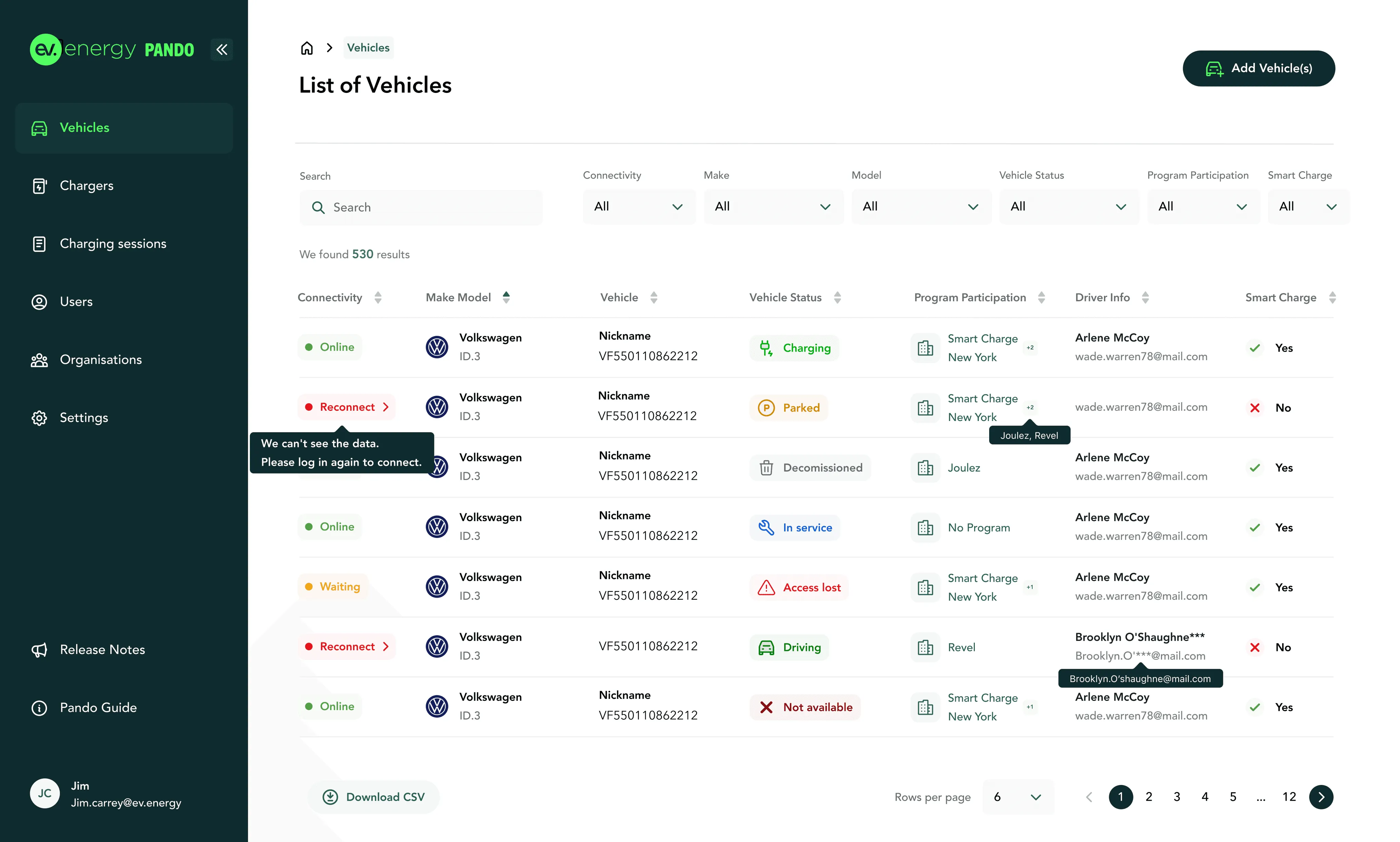
Led the redesign of the EV onboarding flow in ev.energy’s B2B fleet dashboard, resulting in a 30% increase in user satisfaction and a 35% decrease in onboarding time.

ev.energy provides a fleet dashboard for B2B organisations to manage their electric vehicle (EV) fleets. Fleet managers encountered challenges during the vehicle onboarding process, including poor data accuracy and limited visibility. This project aimed to streamline the onboarding experience, making it simpler, more intuitive, and more transparent.
I led the end-to-end redesign, from user research and wireframing to prototyping and developer handoff documentation.
Figma, Miro, Maze, Jira, Hotjar
2022
Product Designer, Product Manager, Engineering, Fleet Operations, Customer Success.
Web dashboard
Fleet managers face significant inefficiencies in the onboarding and monitoring process for vehicles in the ConEd SCNY program.
Key issues include:
The goal was to onboard new vehicles more efficiently with streamlined data relationships and create a functional vehicle listing page that provides clear data and easy identification for fleet managers.
Key metrics to measure success:
